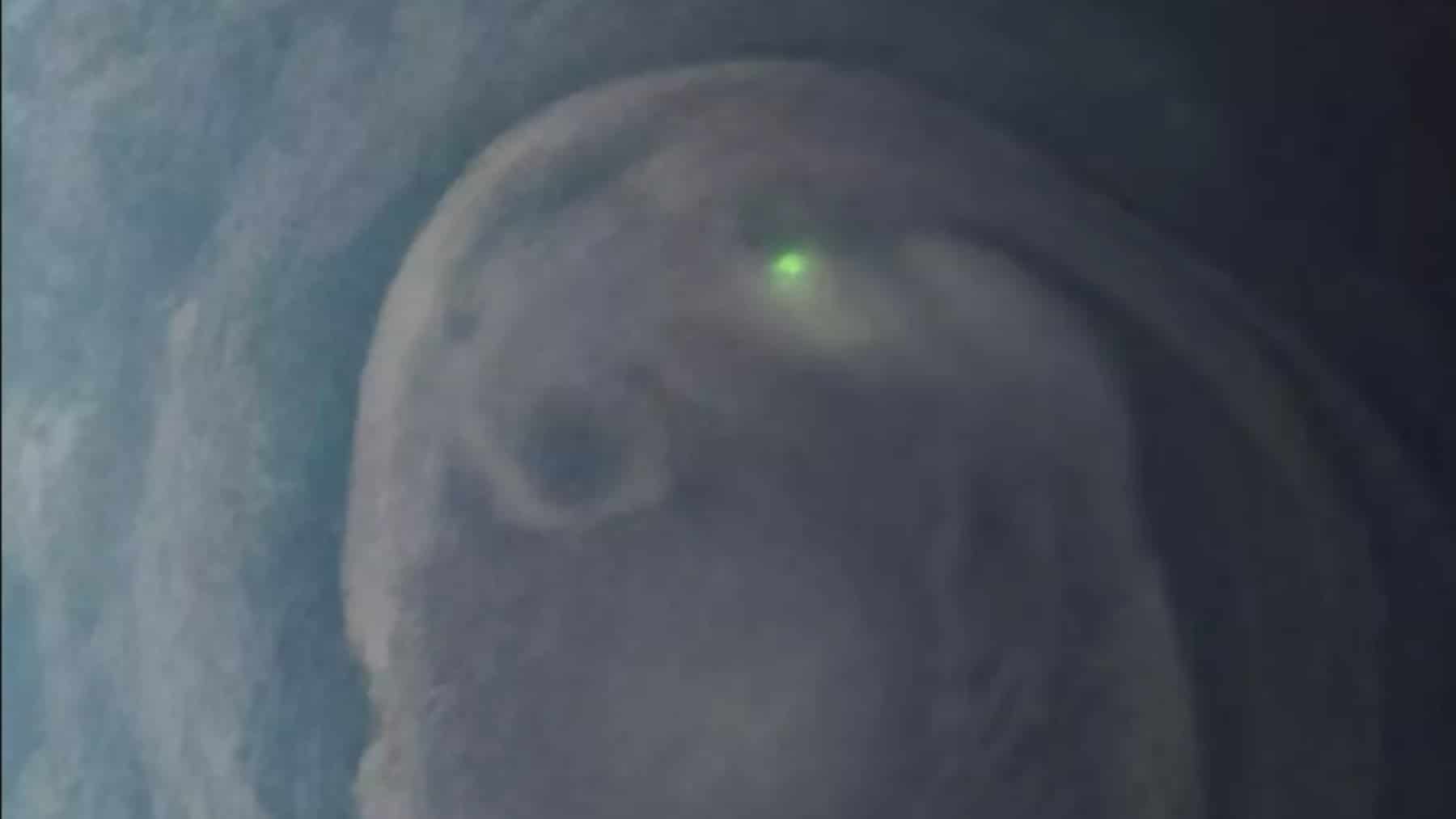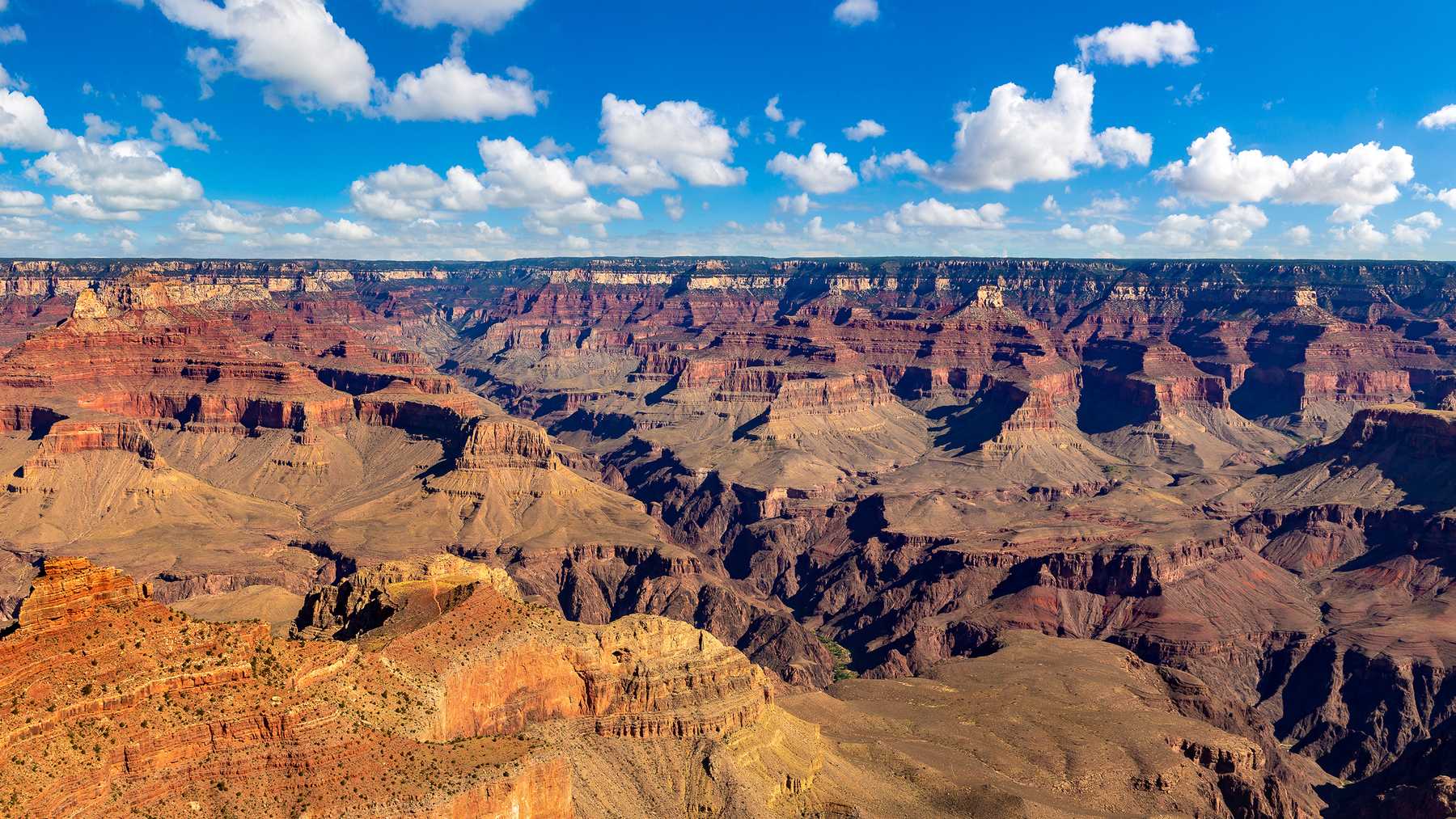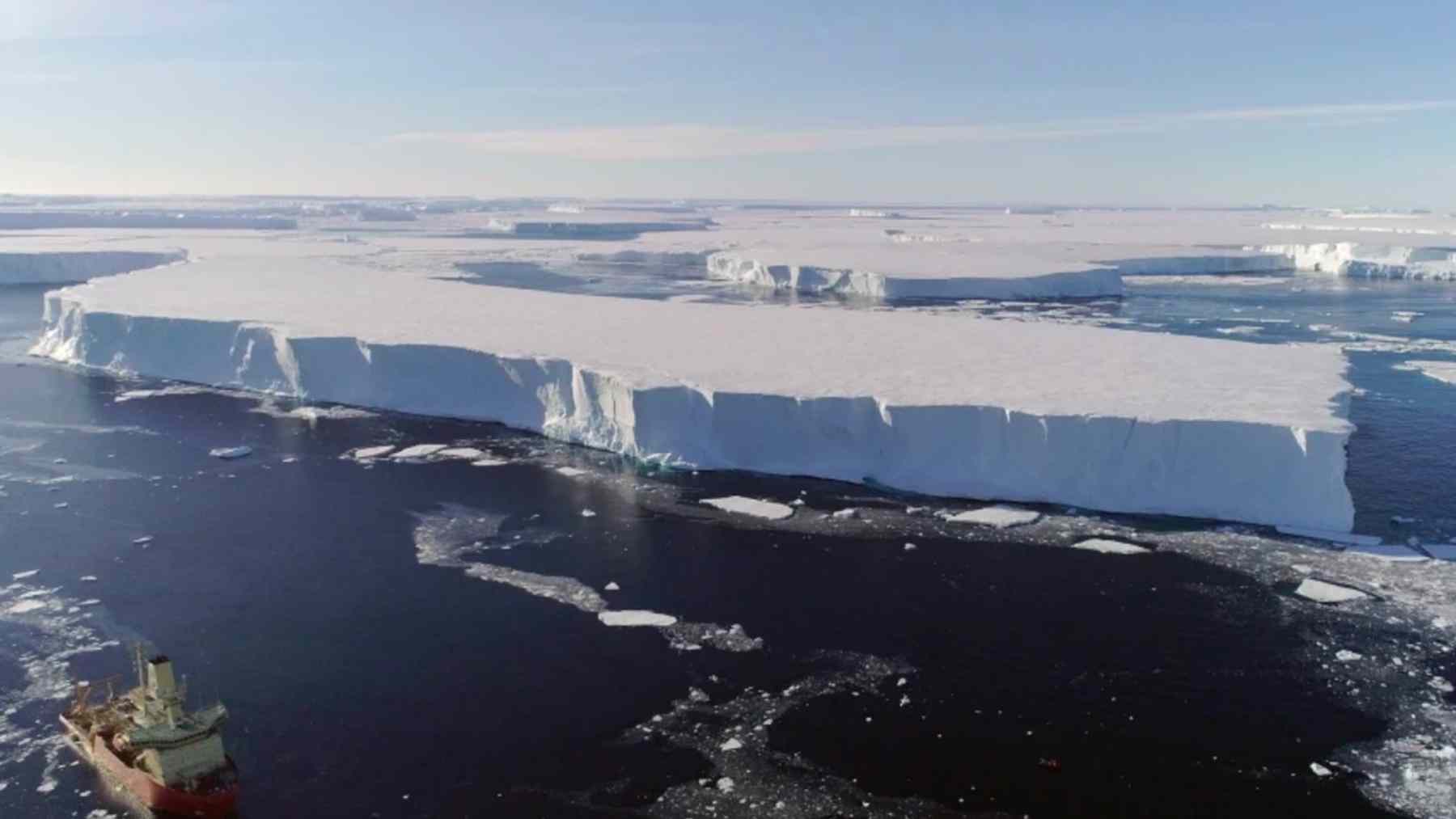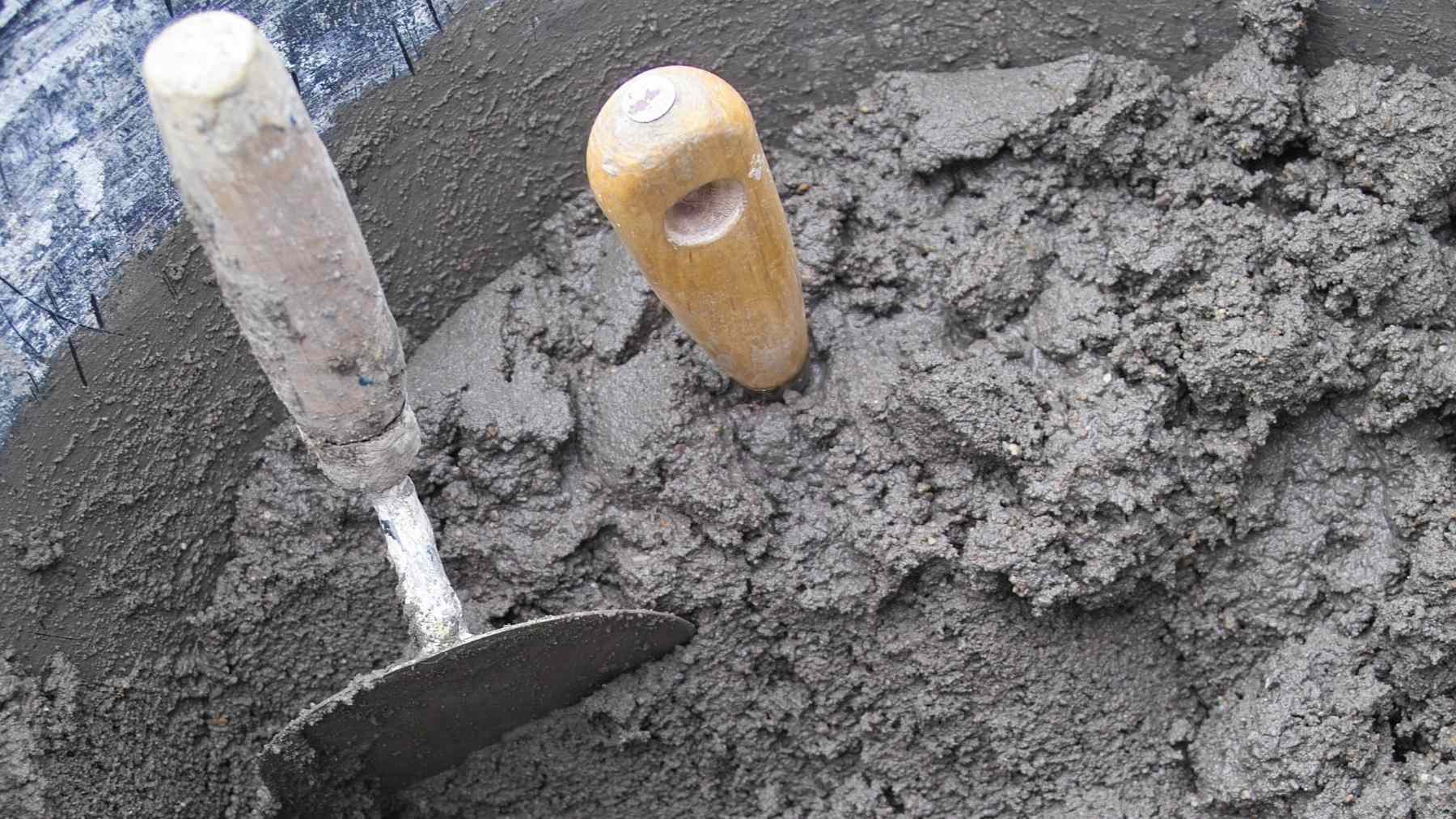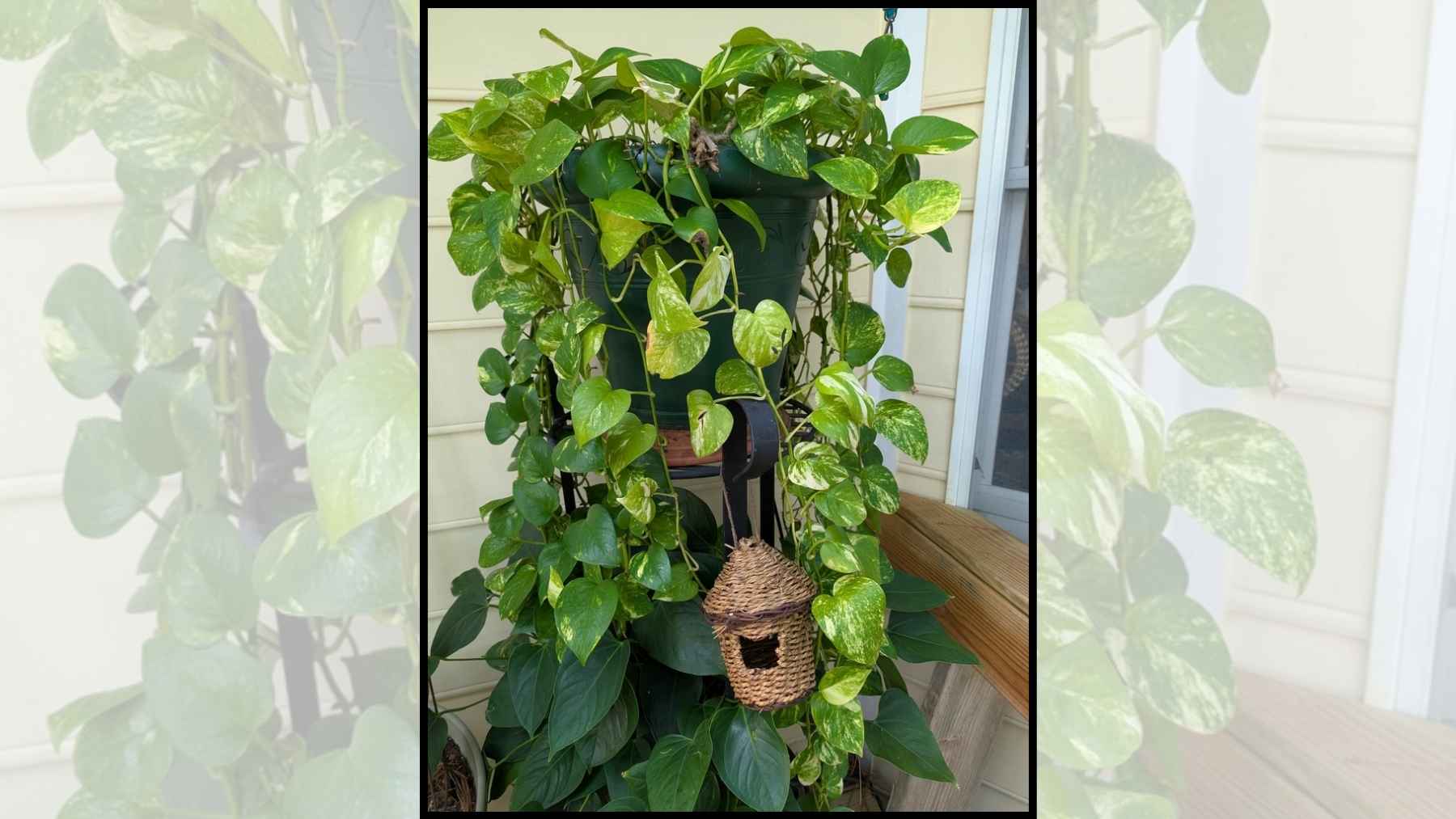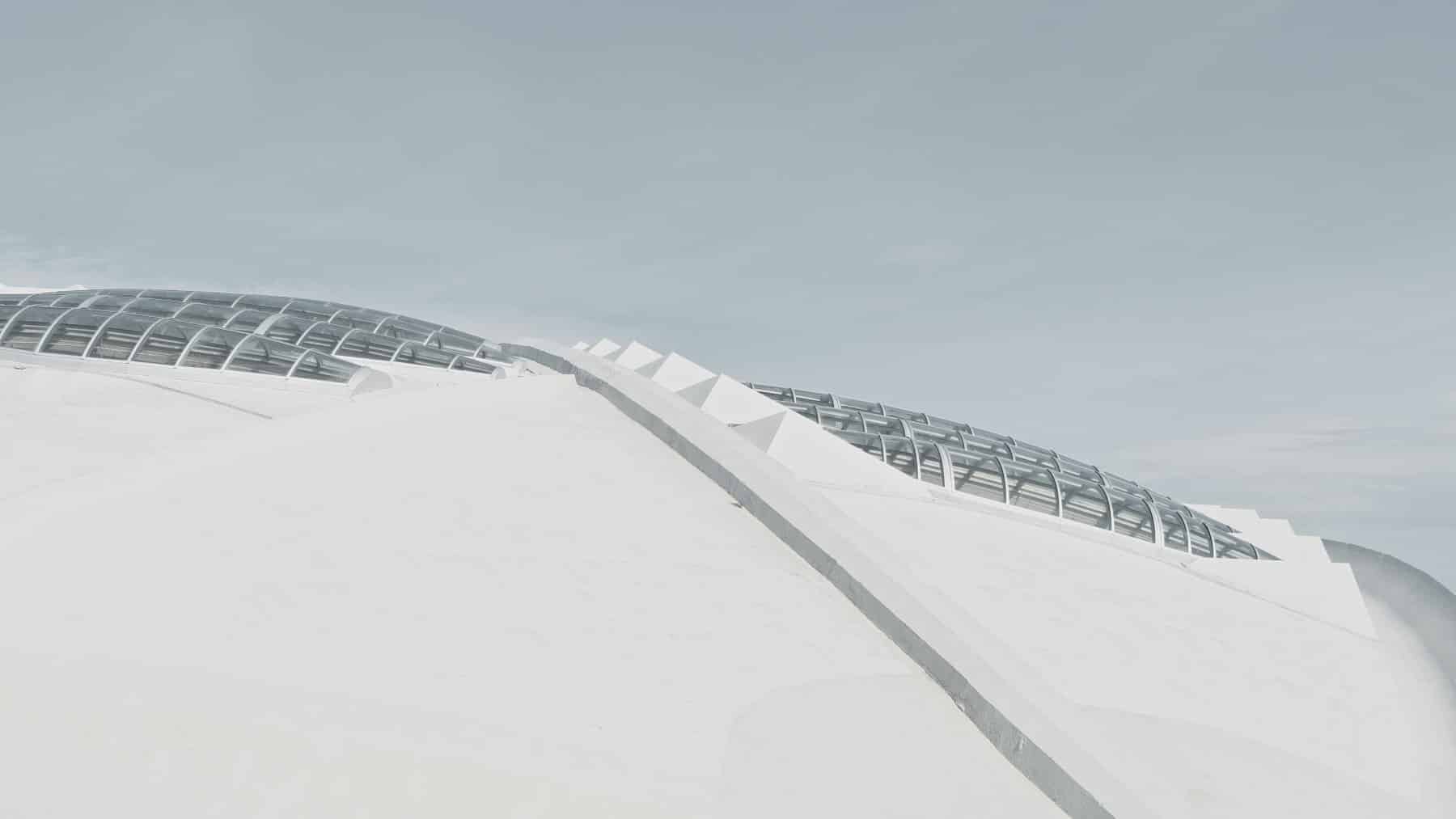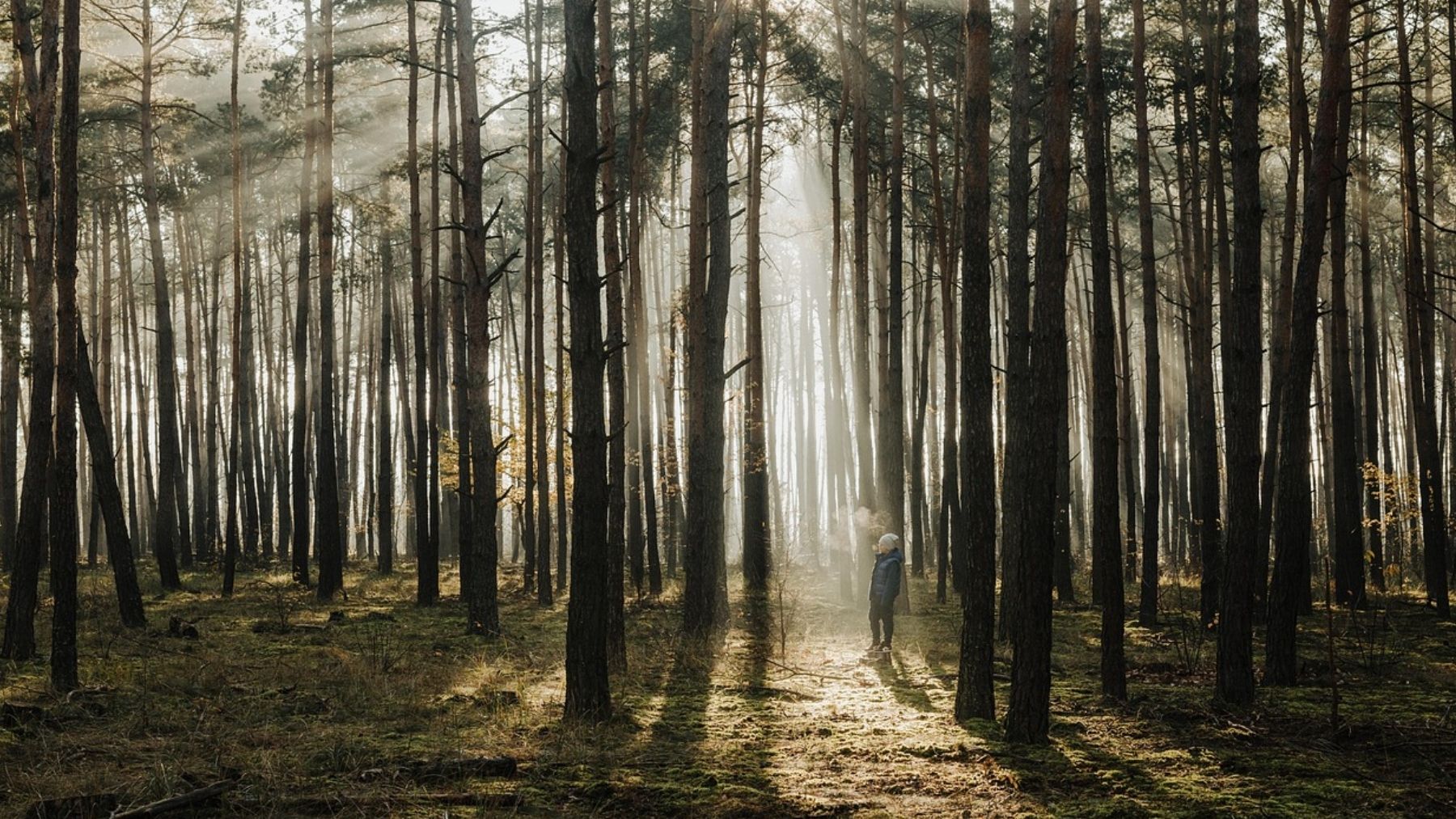For centuries, nature’s greatest mysteries have been hidden before our eyes. Yes, sometimes they lie not in the stars, but beneath the surface. And when we talk about strange and spectacular phenomena, few places on the planet are as enigmatic as that sea that is lifeless, has no outlet, and now, surprisingly, a strange rain-like phenomenon within it. Yes, we’re talking about a kind of salt snow falling underwater. And what once seemed like the stuff of science fiction is now being studied by geologists and scientists as one of the most fascinating clues to understanding Earth’s geological past.
Hidden salt giants: can Earth’s deepest mysteries explain their formation?
These hidden structures are actually gigantic underground salt formations, called salt domes, salt chimneys, and even “salt giants.” These structures can be over a kilometer thick and extend tens of kilometers underground. According to Eckart Meiburg, professor of mechanical engineering at UC Santa Barbara:
“These large deposits in the earth’s crust can be many, many kilometers horizontally, and they can be more than a kilometer thick in the vertical direction. The Dead Sea is really the only place in the world where we can study the mechanism of these things today.”
These formations are a true geological puzzle, not to mention the unique location where we can still see them forming. We’re talking about the legendary Dead Sea, the lowest point on Earth’s surface and one of the saltiest bodies of water in the world. Remember, the Dead Sea is a terminal lake, meaning it has no natural outlet. All the water that enters only escapes through evaporation, and this has serious consequences.
Invisible blizzards underwater: salt snow rewrites the rules of chemistry
The strange phenomenon occurring in the Dead Sea has been dubbed “salt snow.” Although it looks like snow falling underwater, it’s actually the precipitation of halite crystals (table salt). The process is both curious and counterintuitive:
- The surface water heats up and evaporates, becoming saltier and denser.
- As it cools, this layer sinks.
- At the same time, lower, cooler, less salty layers rise.
- This movement creates an exchange called double diffusion.
- The result is salt crystals forming in suspension and “falling” like snow.
This type of precipitation was expected only in the colder months. But since 2019, researchers have been observing the phenomenon in the summer as well. This is due to the extreme increase in surface salinity, which exceeds the water’s dissolution capacity, forcing precipitation even at higher temperatures (which is a concern, just like when sea levels rose in the Americas).
Salt snow turns into a warning: when lakes write the diary of a planet in crisis
The “salt snow” isn’t just a natural spectacle. It’s also a symptom of environmental collapse. Since the 1980s, the Dead Sea’s level has been declining at a rate of approximately 1 meter per year. This is because the Jordan River’s water flow has been drastically reduced by dams and agricultural use. In other words, what was once a stable system has become a lake in crisis: more evaporation, more salinization, less renewal. And the result is an intensification of extreme events. Scientists warn that salt snow is a visible sign of a rapidly changing ecosystem.
Studying a salt lake in the Middle East helps us understand the planet. After all, these formations record climate over the centuries, like a mineral diary. The study itself can help predict how coastal systems react to climate change and increased salinity. Ultimately, it also serves as a basis for research on erosion, resource extraction, and even ancient lakes on Mars. One thing leads to another, just like this strange life form growing in the Sahara, which comes from the seafloor and interacts with the atmosphere.




